Stars to Fill My Dream
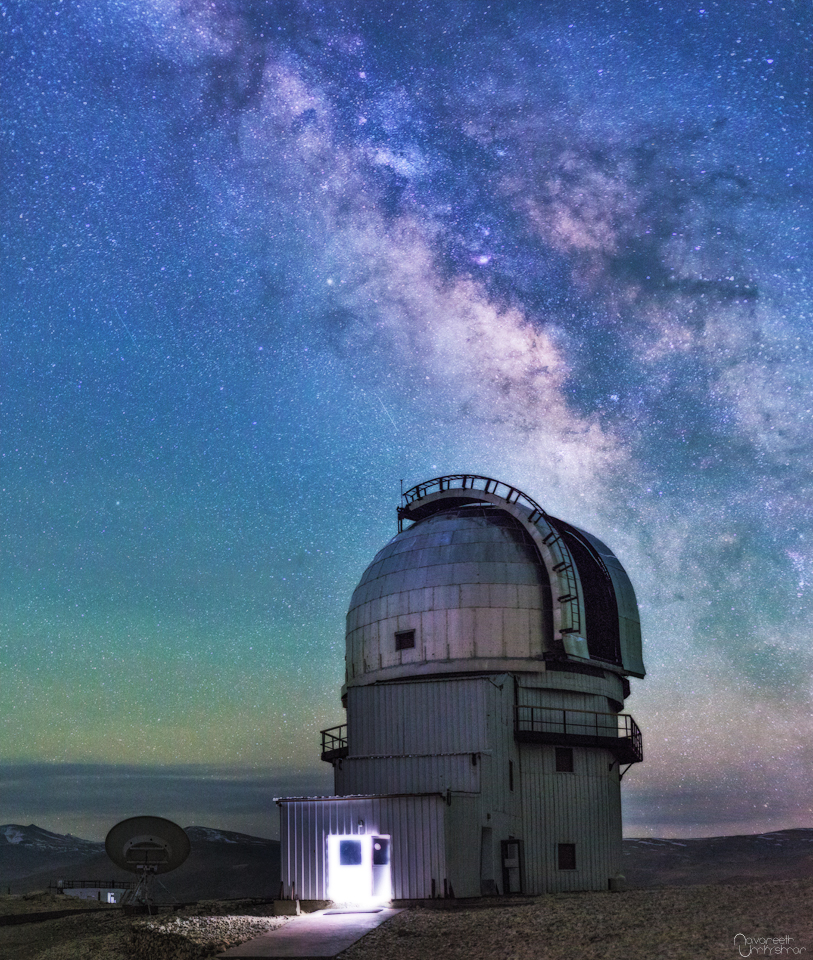
Friday, May 15, 2015: Astrophotographer Navaneeth Unnikirshnan sent in a photo of the Milky Way taken on April 22, 2015, over the Indian Astronomical Observatory, 14,800 feet (4,500 m.) above mean sea level to the north of the Western Himalayas. The structure stands on Mt. Saraswati in south-eastern Ladakh in the state of Jammu and Kashmir, India. Clear skies and low atmospheric water vapor make the site one of the best in the world for optical, infrared, sub-millimeter, and millimeter wavelength observations.
— Tom Chao
In a Land Down Under
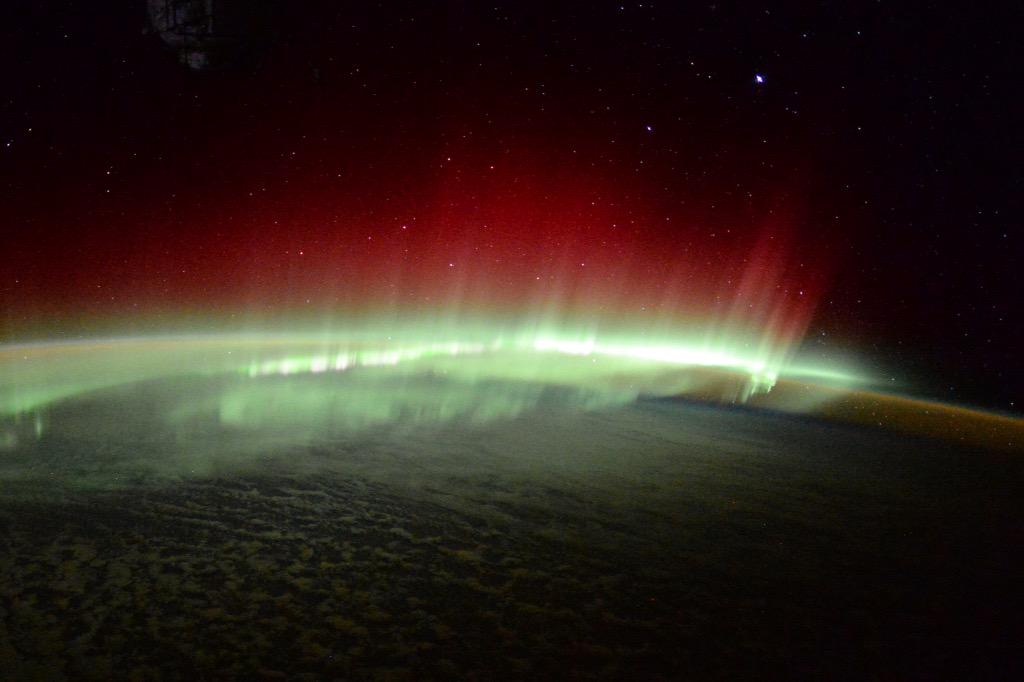
Monday, May 18, 2015: On May 13, 2015, NASA astronaut Terry Virts tweeted this photo of the aurora australis taken from the International Space Station. He wrote: "Flying away from one of the most incredible auroras I've seen, just west of #Australia."
— Tom Chao
Windy
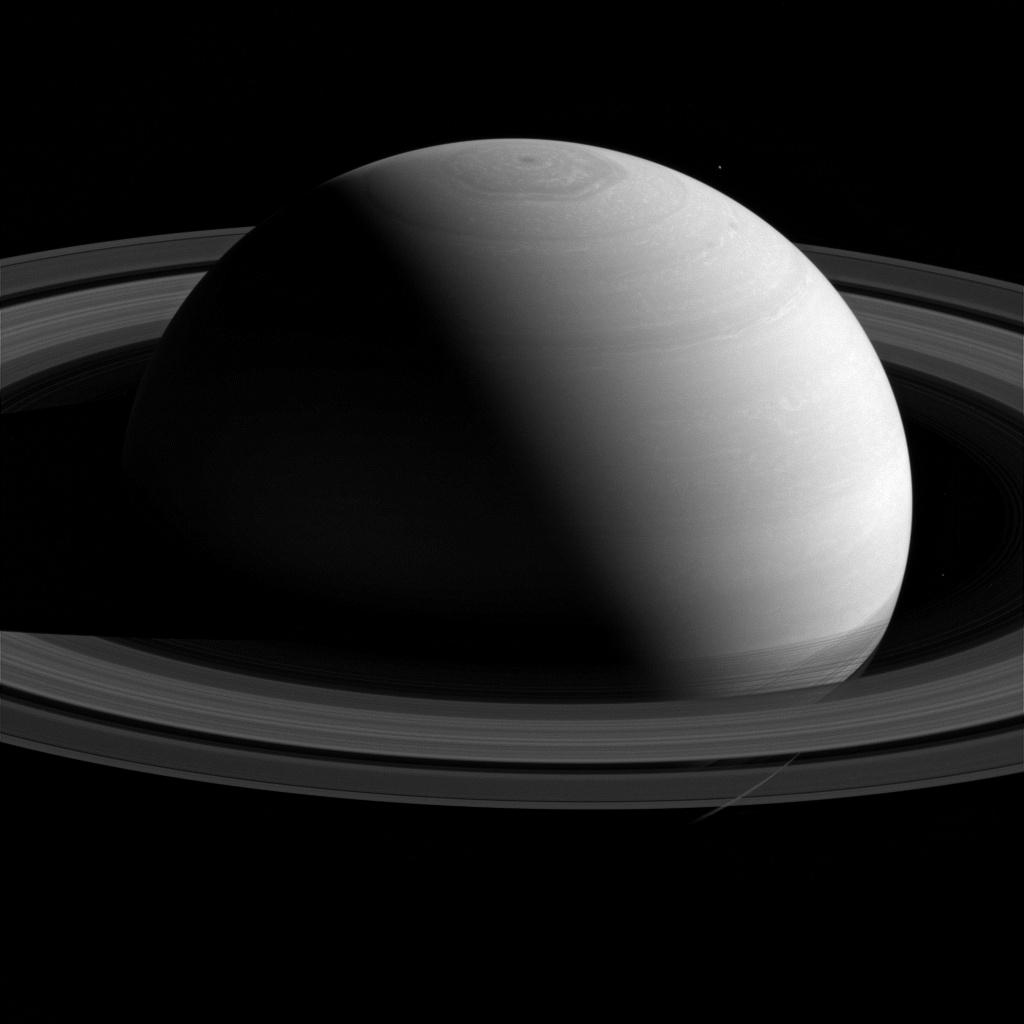
Tuesday, May 19, 2015: Cassini spacecraft obtained this view of Saturn with its rings at a distance of approximately 1.6 million miles (2.5 million km.), taken with the craft's wide-angle camera on Feb. 4, 2015, in near-infrared light. Researchers brightened Saturn’s moon, Mimas, at the upper-right, by a factor of 2 for visibility. A serene appearance hides the violence of the planet’s atmosphere, where winds can rage at speeds higher than 1,100 miles per hour (1,800 km./hour) in places. Image released May 11, 2015.
— Tom Chao
In and Around the Lake, Mountains Come Out of the Sky
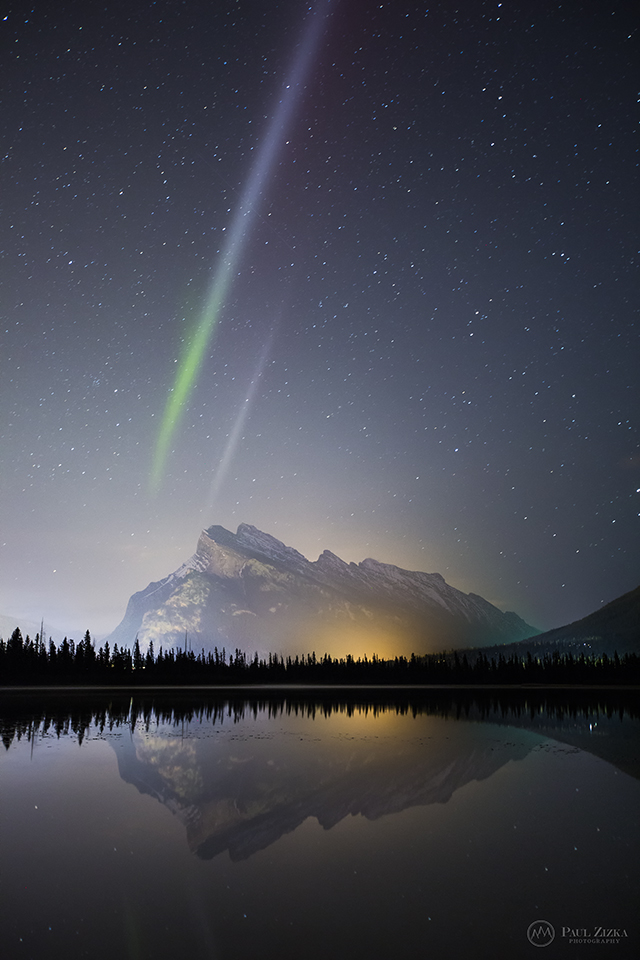
Wednesday, May 20, 2015: Astrophotographer Paul Zizka sent in a photo of an auroral display over Vermilion Lakes, Banff National Park, located in the Canadian Rockies, taken May 10, 2015. On his Facebook profile page, he described it as: "A rather unusual, bicolored aurora structure (proton arc?) that sat very still on top of Mount Rundle for a good 20 minutes just an hour ago."
— Tom Chao
Cliffs Notes
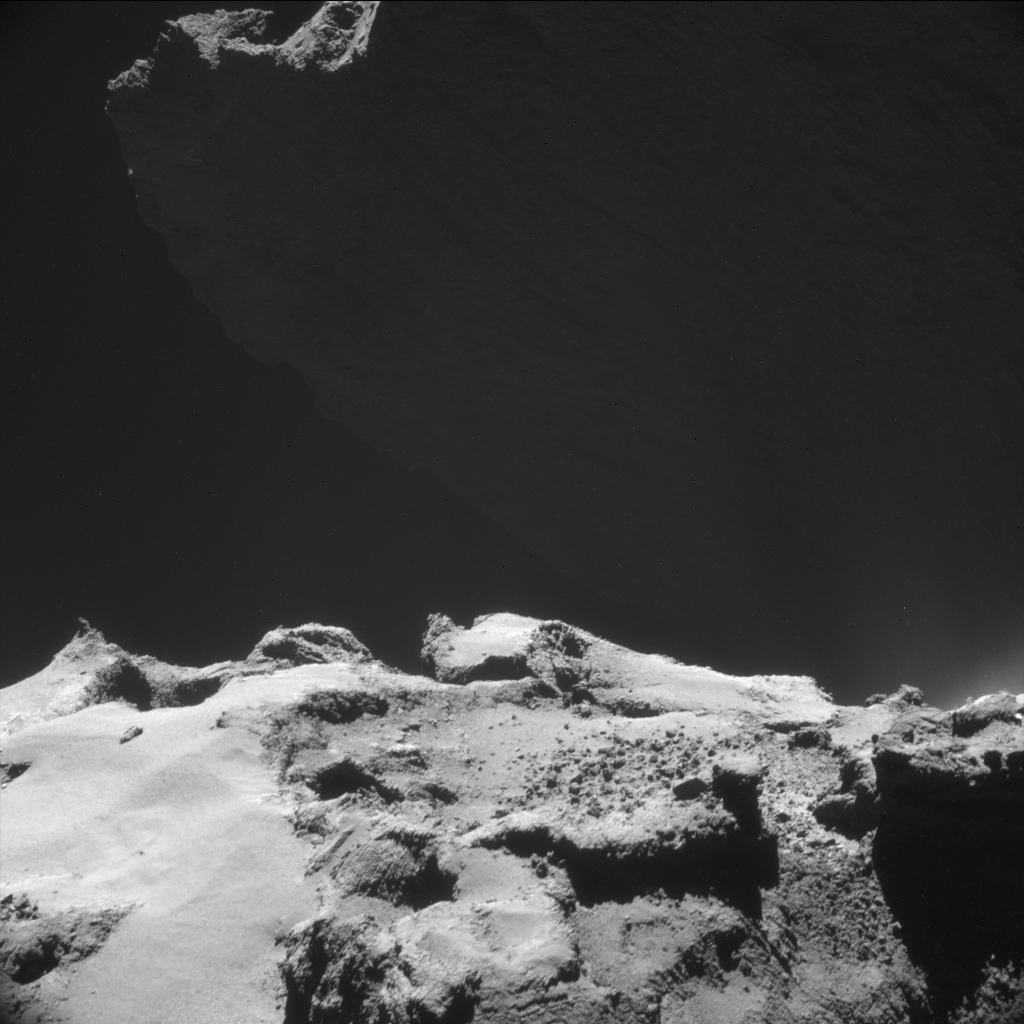
Thursday, May 21, 2015: The cliffs of Hathor on Comet 67P/Churyumov-Gerasimenko loom up in the background, as viewed from the region of Seth. The backlit cliffs of Hathor in the Hapi region appear at the top, with the summit illuminated by sunlight at top left. Researchers have lightly processed the image to enhance the details of this region, and also to reveal the diffuse glow of the comet’s activity. The European Space Agency’s Rosetta spacecraft obtained the iage on Oct. 23, 2014, from a distance of 6 miles (9.8 km.) from the comet’s center. Image released May 15, 2015.
— Tom Chao
'The Rising'
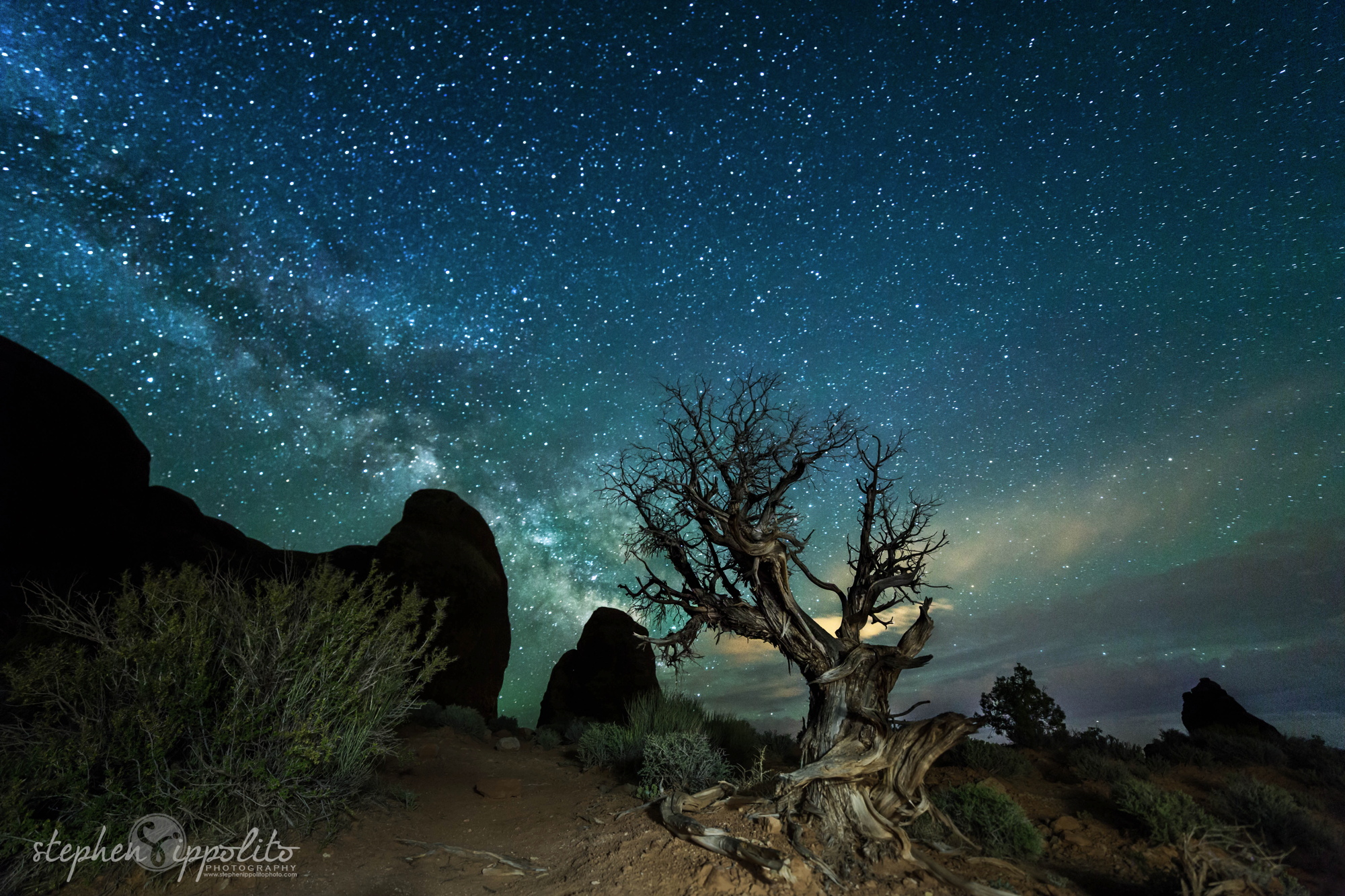
Friday, May 22, 2015: Astrophotographer Stephen Ippolito sent in a photo of the Milky Way rising, taken in the Windows area of Arches National Park, Utah. He writes in an email message to Space.com: "As I was walking up the path towards the North Window Arch, I saw a fantastic looking tree that I decided to use as my foreground object. I did a subtle light painting of the tree as I took an image of the milky way rising in the sky. There was a tremendous amount of glow in the sky on Monday morning, May 18th."
— Tom Chao
Washington, DC, from Space
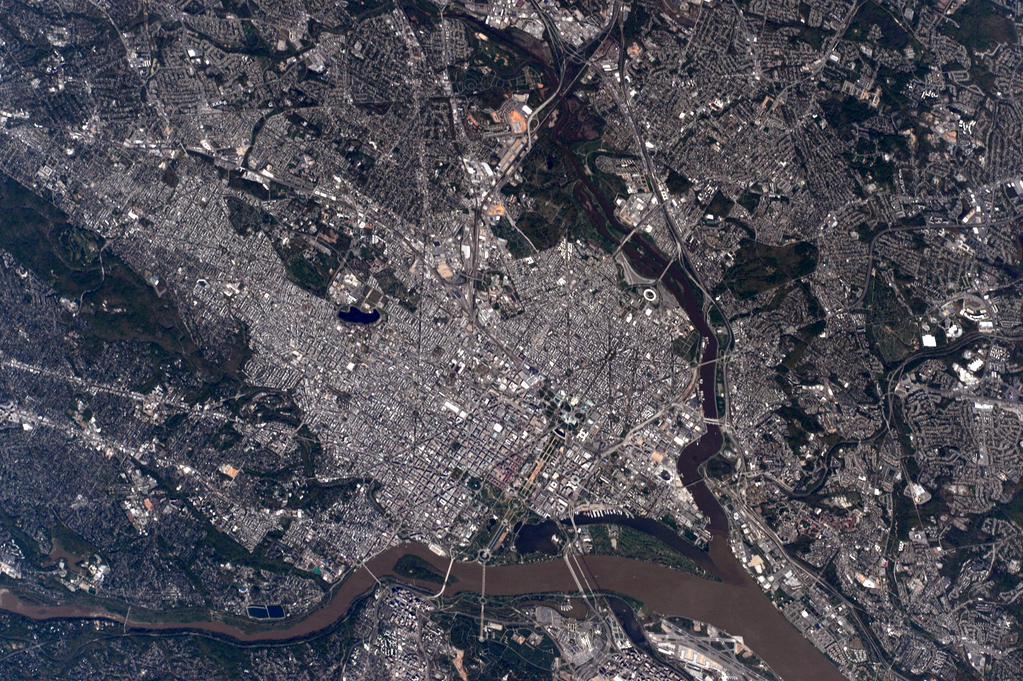
Monday, May 25, 2015: On May 19, 2015, NASA astronaut Scott Kelly tweeted this photo of Washington, D.C., taken aboard the International Space Station. Astronaut Scott Kelly, currently taking part in the one-year mission, wrote: “.@POTUS Welcome to @Twitter, Mr. President. You told me to #IG my mission up here. Glad to see you tweeting down there.” @POTUS is the Twitter username of President Barack Obama, who just started using the social networking service. (“IG” refers to Instagram, the online photo-sharing service.) In the photo, the United States Capitol lies just below and to the right of center. North is at upper-left.
— Tom Chao
Get the Space.com Newsletter
Breaking space news, the latest updates on rocket launches, skywatching events and more!
Its Circle Shows in a Ghostly Glow of Earthly Luminescence
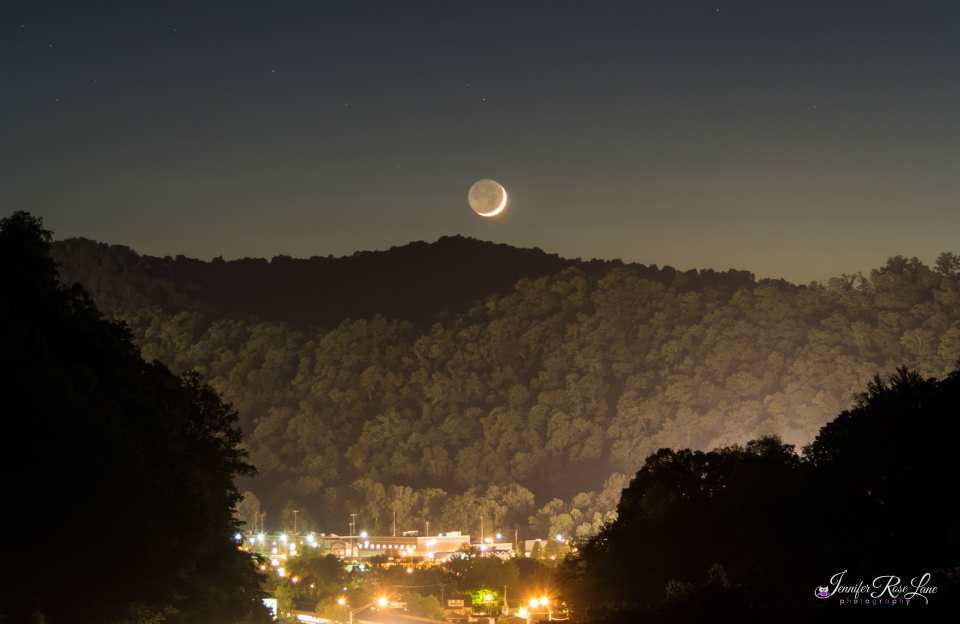
Tuesday, May 26, 2015: Astrophotographer Jennifer Rose Lane caught the moon with some earthshine setting over Chapmanville, West Virginia, on May 19, 2015.
— Tom Chao
Complete Control
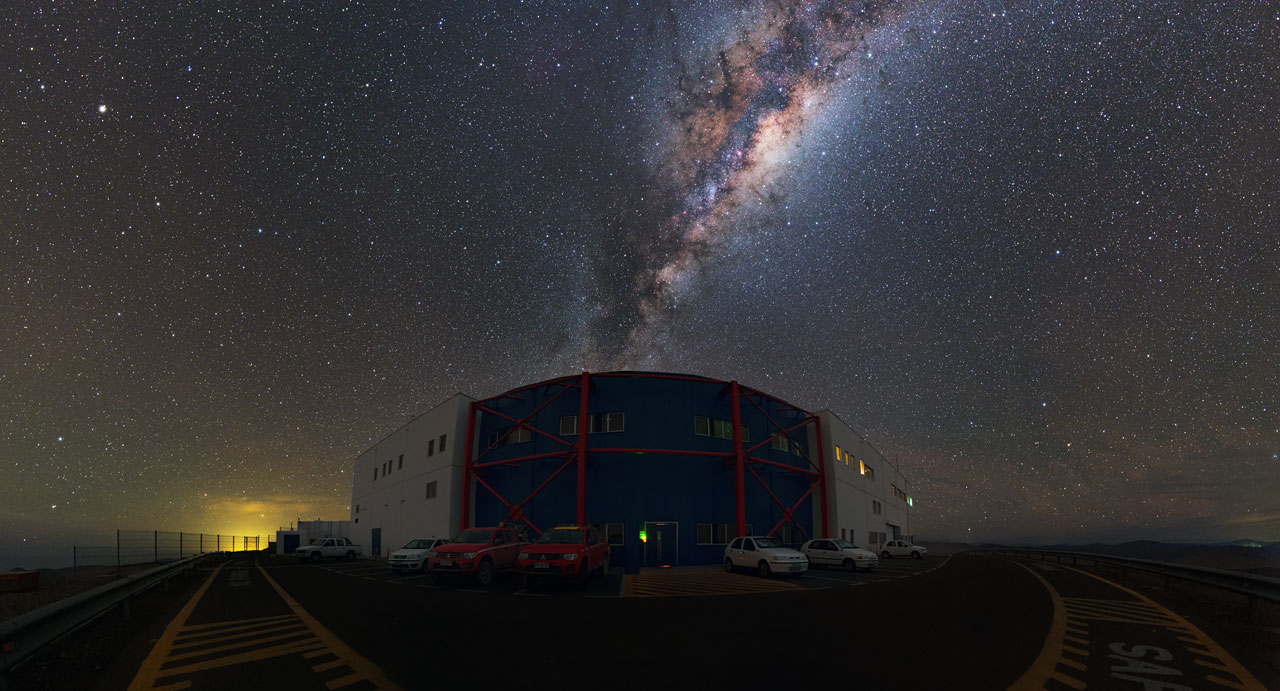
Wednesday, May 27, 2015: The Milky Way rises over the control building at the Paranal Observatory in northern Chile. This building serves a hub for the observatory’s operations, and from here the observatory’s staff control and maintain the Very Large Telescope (VLT), the VLT interferometer (VLTI), the VLT Survey Telescope (VST) and VLT Infrared Survey Telescope for Astronomy (VISTA). The control building sits on a “shelf” below the main observing platform at the top of Paranal Mountain. Photo released May 25, 2015.
— Tom Chao
Tightly Packed
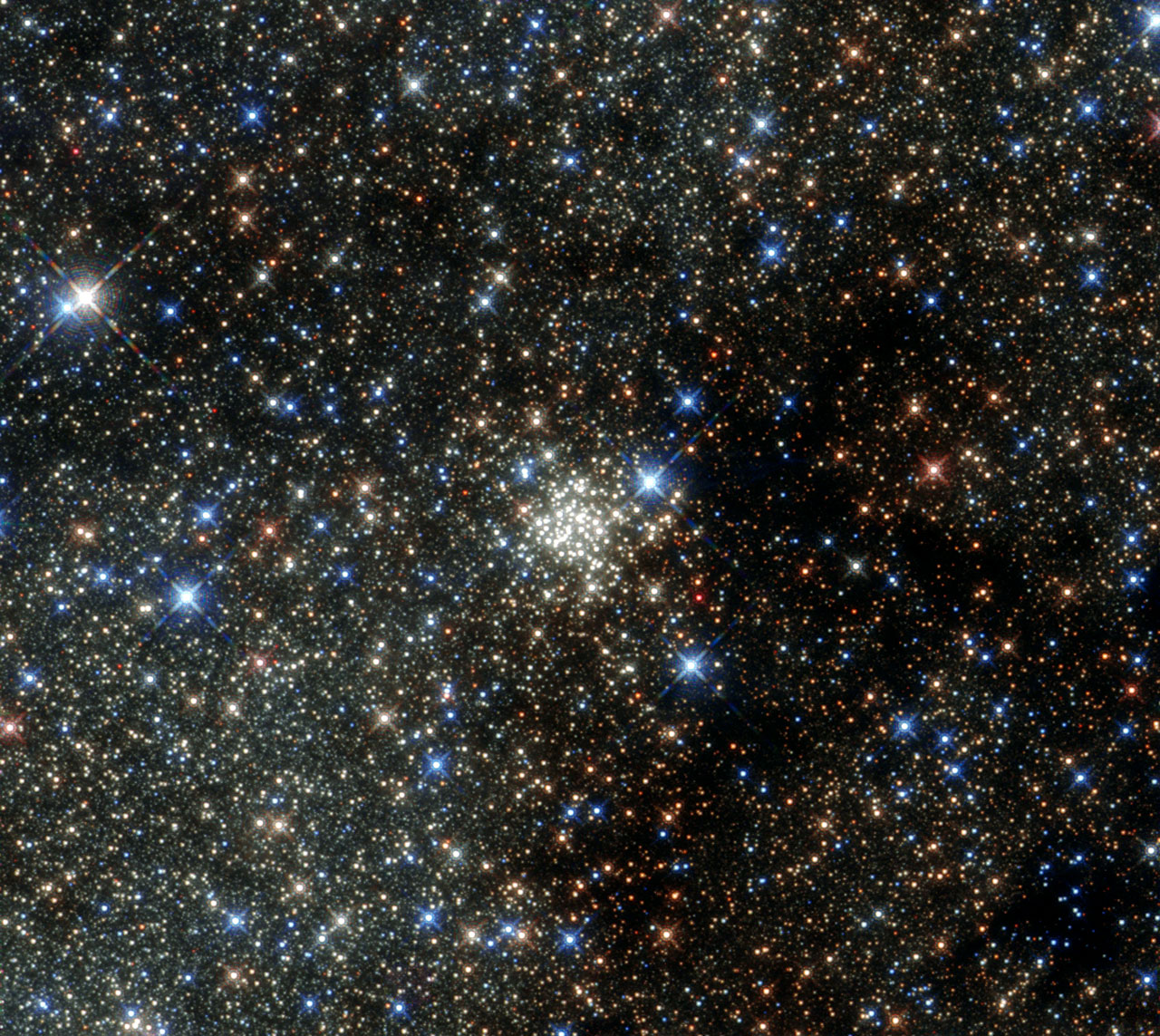
Thursday, May 28, 2015: The Arches Cluster, the densest known star cluster in the Milky Way, lies about 25,000 light-years from Earth in the constellation of Sagittarius (The Archer), near the heart of the galaxy. Stars pack into the Arches cluster so densely that over 100,000 stars fit into a region with a radius equal to the distance between the sun and its nearest star. At least 150 stars within the cluster represent the brightest discovered in the the Milky Way. This observation depicts the Arches Cluster in infrared light. Image released May 25, 2015.
— Tom Chao
Join our Space Forums to keep talking space on the latest missions, night sky and more! And if you have a news tip, correction or comment, let us know at: community@space.com.

